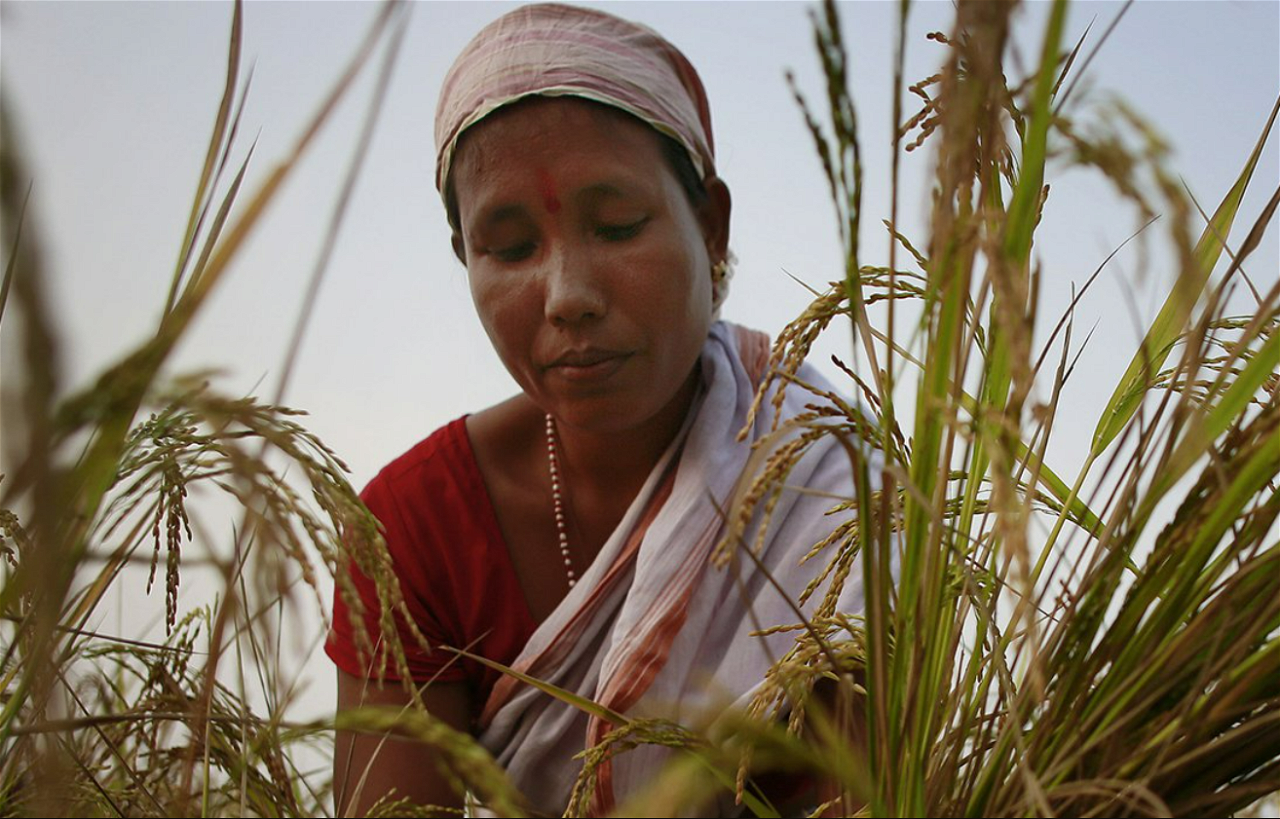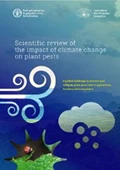
Arthan and JustJobs Network organized a forum to discuss climate change through the lens of gender equality. The aim of the forum was to discuss the impact of climate change on the agricultural livelihoods of women. The forum threw light on the deep disparities between the work women have access to relative to men and the significant gender gap prevailing amongst agricultural casual workers.
Women’s wages are at least 30 percent lower than male wages. The panelists further addressed the issue of women bearing the brunt of the impact of covid as well as climate change. The sector that stands to be most affected is agriculture and a larger share of women are employed in this sector.
Speaking in the session about the impacts of climate change on agriculture, Sabina Dewan, President and Executive Director, JustJobs Network, moderated the session and mentioned some key data points. “India has an ailing labor market and one of the key indicators is low female participation. Fewer than 1 in 5 in the labour market are employed which means fewer than 5 are employed or looking for work. 60 percent of women are employed in agriculture, but the full scale of work is often not captured in the national statistics. Women’s work and their contribution to the economy are still invisible when it comes to data.”
The forum delved deeper into the issue of gender-biased technology. The issue of women being relegated to low-value jobs and higher value jobs being ‘skill biased’ in tech was also discussed. This further makes good jobs difficult to access and leaves them susceptible to technological disruptions.
Jaskiran Warrik, Project Lead, Food Innovation Hub, Food Systems Initiative (World Economic Forum), mentioned “the gaps in the finance and technology sector for women and the disproportionate amounts of work women have to do at home which makes women bear the brunt of climate change. It is imperative for policies to be made keeping women in mind and to include them in the decision-making process. The implementation on the ground has its own complex challenges when it concerns women. Research agendas should be created which include women’s opinions on what burdens them and work accordingly on making these agendas convenient. An ecosystem needs to be created in which women have the power to make decisions and this needs to ramp up and accelerate now”.
Speaking in the session, Zulfiquar Haider, Chief Strategy and Program Officer (Azim Premji Foundation) talked about the marriage of the situation in the labor market with the challenge of climate change. He highlighted that “65-70 percent of work is done by women. There is a significant issue at the policy level and there is a need to enable policy that improves the situation. We will have to find a mechanism to move the population from agriculture to other professions and entrepreneurship in the local ecosystem and this is something we are overlooking in the present times. We need a lot of people who understand hydrology, biodiversity. There are several Adivasi communities that have a lot of indigenous knowledge and there is a need to somehow recognize this knowledge and put it to better use.”
Neeraja Kudrimoti, State Program Officer - Aspirational Districts Program (collaboration with Govt. of Chhattisgarh), mentions how livelihood, climate, and agriculture are closely linked to each other. “76 percent of people get their nutrients from plants and 80 percent of food is produced by women and still they are not seen as cultivators. Women play different roles, and they are viewed by the larger society as community management and reproductive assets. This exacerbates their vulnerability to the impacts of climate change. For eg: in case of crop failure, fuel shortage, the whole burden falls on the women of the households to fetch fodder, fuelwood, etc. and since there is a lack of technology for them, it makes their work more difficult.”
Sustainable agriculture has huge carbon sequestration potential. It is crucial to understand that this discussion is the beginning of a very large and complicated conversation. There is a need for clear policy and research agendas and thoughtful experts to push forward the outcomes for women when they face huge transformations. There is a need to change the social mindsets of the masses and the conversation needs to ramp up and not be siloed.
The importance of women’s voices, expertise, and experience needs to be brought to the policy formulation itself. Women should be able to access government assistance and programs that impact their ability to be active participants in the labor market and claim their due in agriculture. These dimensions ultimately culminate in less gender parity - though it is important not to view gender parity simply in relation to men but to focus on the specific impacts on women.
















